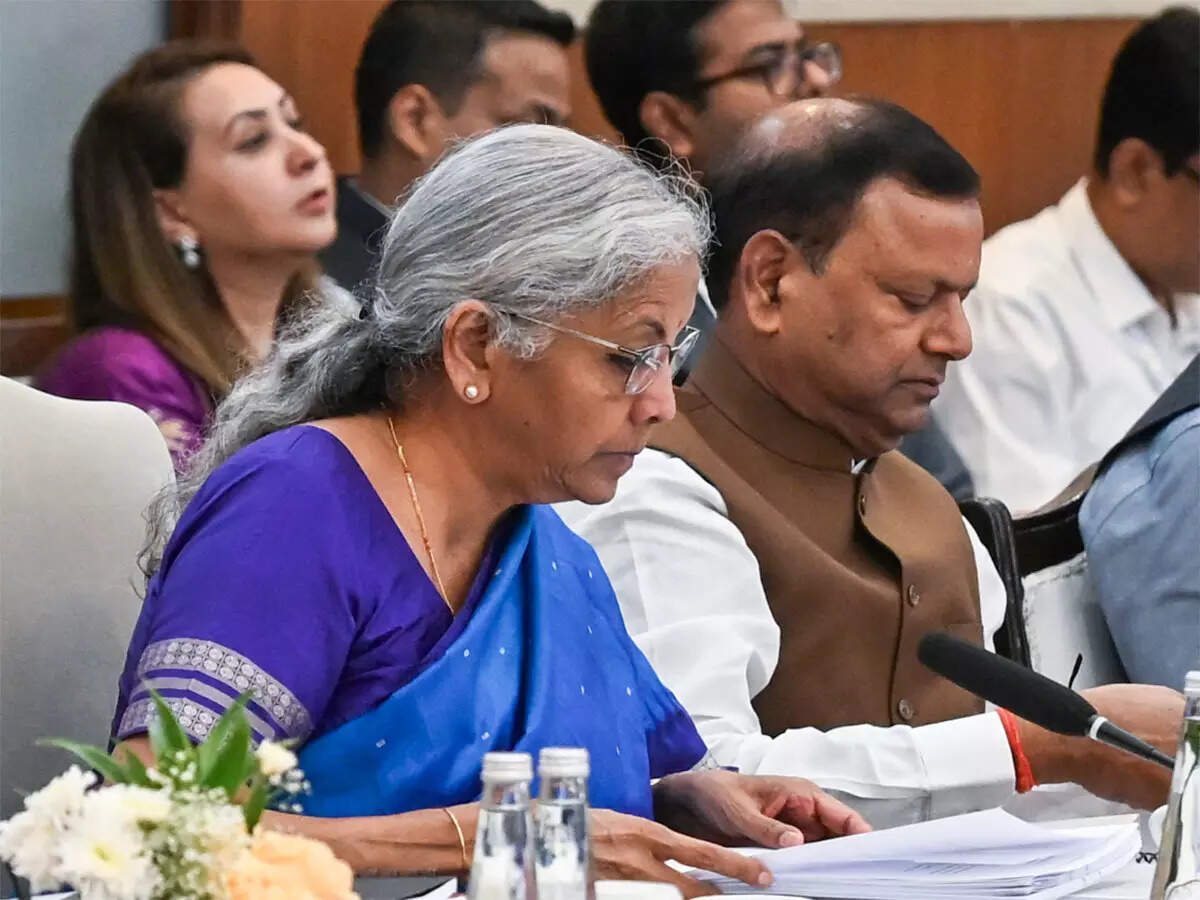
It is often said that India’s economy beats inside every kitchen, every bazaar, and every careful saving a homemaker makes. From September 22, that heartbeat will find new relief and cheer as GST 2.0 rolls out across the country.
By reducing tax slabs to just two—5% and 18%—and lowering rates on daily essentials like food, shampoo, detergents, and personal care items, the reform is not merely a fiscal decision. It is an everyday experience that will shape how millions of Indian women manage their households.
The Household Economist
Picture Sunita, a mother of two in a small town in Haryana. Every month, she prepares her grocery list with the precision of an accountant—atta, milk, cooking oil, biscuits for her children, soap, and a small packet of shampoo for herself. Yet, she often finds herself torn between the brand she trusts and the one her budget allows.
With GST 2.0, the arithmetic shifts. Suddenly, that monthly basket will be a little lighter on her wallet. The savings may seem small on paper, but for Sunita it could mean paying her daughter’s tuition on time, or finally buying that extra packet of dry fruits she has long wanted for her family’s health.
This is where policy meets life. It turns consumption into confidence.
From Bazaar to Kirana Counter
FMCG companies are already preparing to pass on the benefit to consumers. For millions of women, the impact will be visible not in spreadsheets but in shopping bags.
At the local kirana store, the simplified two-rate structure will also end the confusion of multiple slabs. Shopkeepers will find it easier to explain prices, and customers will feel reassured. Trust, not doubt, will define the kirana counter.
As the festive season approaches, GST 2.0 is a timely gift. It allows households to fill their thalis with abundance and celebrate with freer spirits.
A Reform That Listens
For too long, the woman of the house—the first economist of every Indian family—has stretched every rupee without much relief from policy. This time, she can sense that the government has listened to her unspoken struggle. Every rupee saved carries dignity, every small surplus carries hope.
“GST 2.0 is phenomenal—a demand booster for India Inc,” say industry leaders. But for India’s women, the reform is personal. It ensures that her kitchen is never burdened, her children’s needs are never compromised, and her dreams are not delayed.
Beyond Numbers, Towards Dignity
GST 2.0 is not just about harmonising tax codes or boosting revenues. It is about dignity in every household, confidence in every woman, and hope in every family that tomorrow will be a little easier, a little brighter.
In Sunita’s lighter basket lies the heavier truth of this reform: that when policy meets compassion, the nation’s progress becomes not just measurable but meaningful.
(The author is a Member of Parliament, Rajya Sabha; Views expressed are personal)

